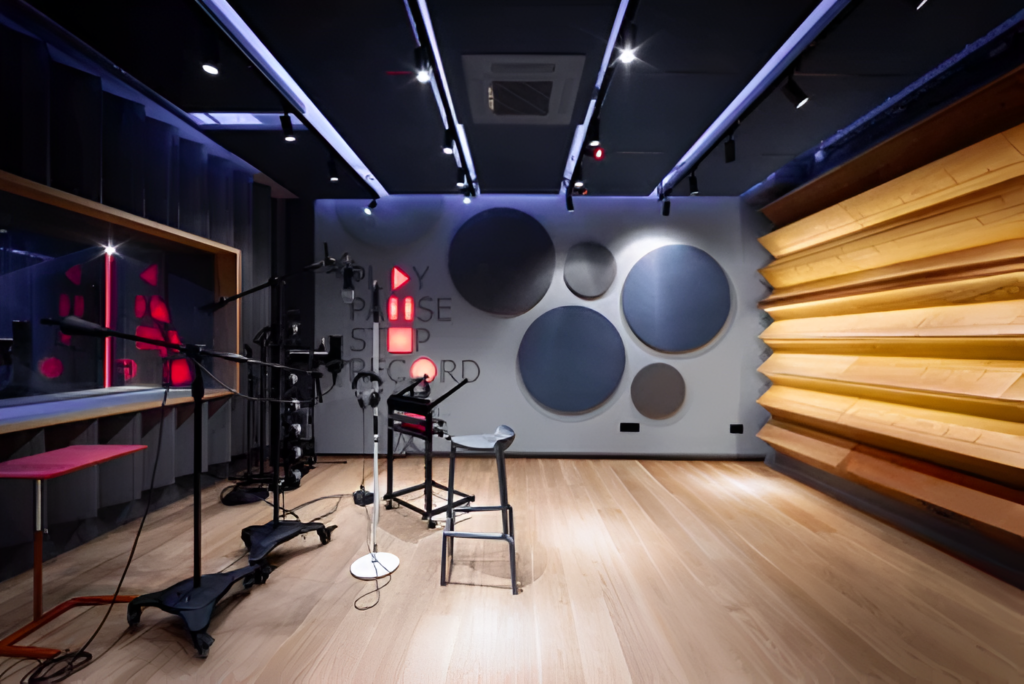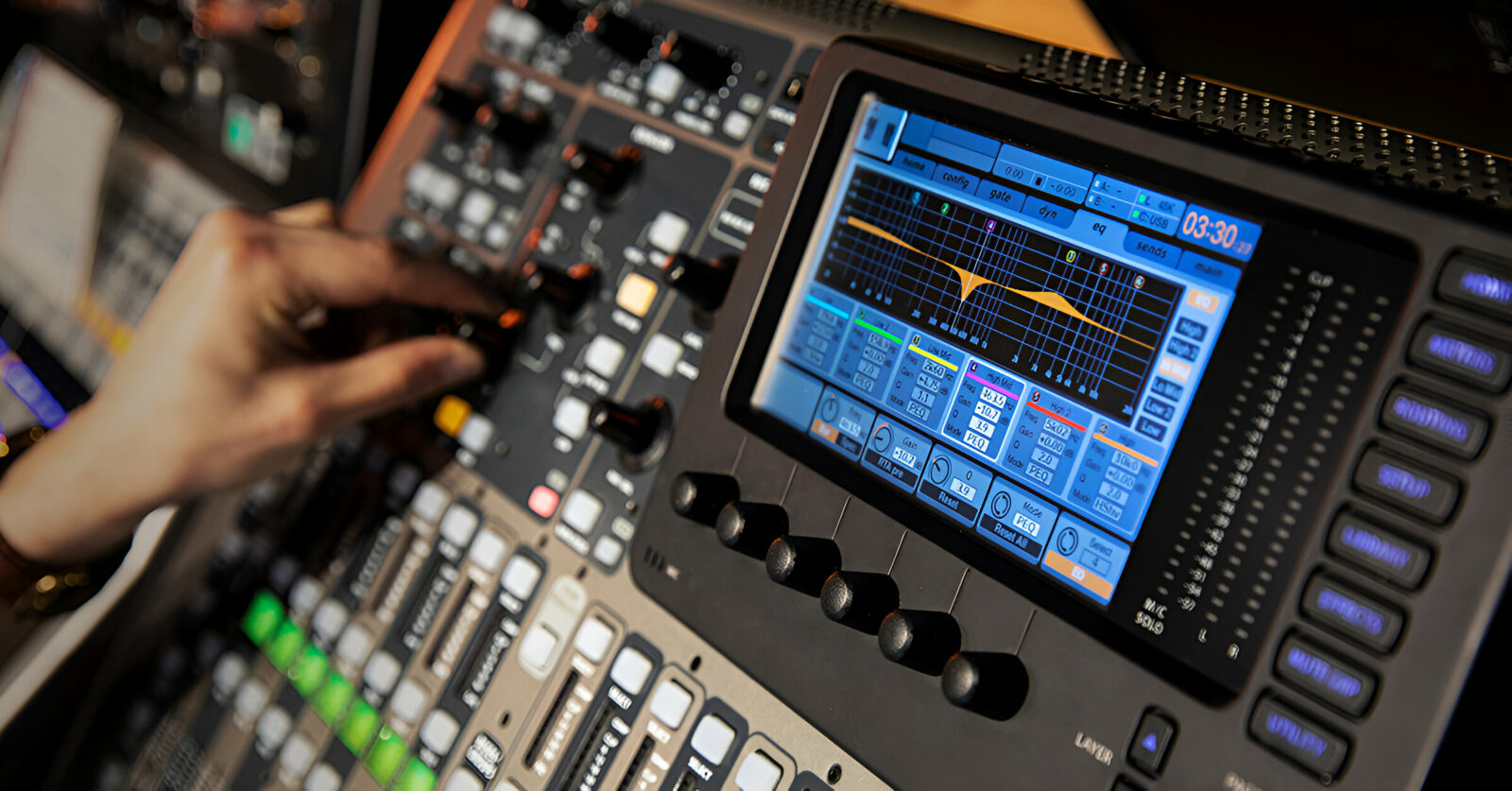Navigating the Low End: A Producers Guide to Mastering Bass Mixing
In the realm of music production, the bass holds a foundational yet elusive role. Its power to shape the mood and energy of a track cannot be overstated, yet achieving that perfect low-end mix is a journey fraught with challenges. This guide is dedicated to unraveling the complexities of bass mixing, ensuring your tracks not only resonate with depth and clarity but also captivate your listeners.
The Bass Mixing Conundrum:
1. Acoustic Challenges and Solutions
The quest for a clean low end begins in your mixing environment. Many producers grapple with less-than-ideal acoustic spaces, where accurately gauging bass frequencies feels like navigating a maze blindfolded. Whether you’re mixing in a professional studio or on headphones, understanding and adapting to your environment is key. Utilize acoustic treatment and reference tracks to bridge the gap between perception and reality.


2. The Modern Genre Dilemma
Today’s music is unapologetically bass-rich, pushing the boundaries of low-end power. The challenge lies in striking a delicate balance: How do you achieve a massive low end without overshadowing the rest of your mix? This act of balance requires a discerning ear and a strategic approach to frequency management, ensuring each element of your track has room to breathe.
3. Avoiding The Overcompensation Trap
It’s tempting to crank up the bass in pursuit of a ‘bigger’ sound. However, this overcompensation often leads to a mix that feels unbalanced and overwhelming. The key is restraint and purposeful enhancement, focusing on quality over quantity.

Elevating Your Bass Mix
- Spectrum Analysis: Equip yourself with the tools to visualize your mix’s frequency spectrum. This insight allows for targeted adjustments, ensuring your bass enhances rather than overpowers your track.
- Selective Filtering: Practice the art of subtraction by filtering out low-end frequencies where they’re not needed. This cleans up your mix, allowing the bass to shine without competition.
- Volume and Balance: Find the sweet spot for your bass volume, ensuring it complements rather than competes with your kick drum and other mix elements.
- Dynamic Control: Compression is your ally in adding punch and consistency to your bass. Use it wisely to bring emotion and energy to your track.
- Rhythmic Integration: Side-chain compression between your bass and kick can create a compelling rhythmic interplay, adding a signature pulse to your music.
- EQ Sculpting: Shape your bass tone with EQ, boosting what adds character and cutting what muddies your mix.
- Universal Compatibility: Ensure your mix translates well across different listening environments by checking your bass in mono and on various sound systems.
- Continuous Learning: Draw inspiration from your musical heroes, not to imitate but to spark creativity in your mixing approach.
- The Importance of Breaks: Regular breaks are essential for maintaining perspective. Fresh ears can catch what fatigue might miss.
- Invest in Your Tools: High-quality monitoring equipment is crucial for accurate low-end reproduction. Choose gear that offers the most honest representation of your mix.
Conclusion
Mastering bass mixing is an adventure in sound exploration, requiring both technical skill and creative intuition. By understanding the challenges and applying thoughtful strategies, you can transform your bass tracks from muddy to magnificent. Embrace the process, trust your ears, and let your bass lines define the unique soundscapes of your musical endeavors.







Leave a Reply